American Indian Tribal Law
"American Indian Tribal Law" is the first casebook for law students to survey the field of laws and cases generated by American Indian tribes. There are 565 federally recognized Indian tribes in the United States as of this writing. Each Indian nation has the authority, often expressed in an organic document such as a tribal constitution or a treaty with the United States, to legislate for the general welfare of the tribe, its people, and its land. Tribal ordinances and resolutions often are codified into tribal codes and published in book form and on the Internet.American Indian tribal courts decide thousands of cases daily, with misdemeanor criminal cases, child welfare, and tribal administrative law cases constituting the large portion of tribal court dockets. Some tribal courts, such as those of the Navajo Nation, handle more than 100,000 cases each year, while other tribal courts handle only a very few cases. Many tribal courts span the full panoply of subject areas, from criminal to civil to probate to divorce to environmental law; others handle only a select few subject areas, such as tribal conservation courts, which adjudicate disputes involving tribal treaty fishing and hunting rights. The variety of tribal court disputes is endless.Indian country is ready for a comprehensive set of materials on what some academics and practitioners have called the ââreal Indian lawââ â the law of Indian nations and tribal courts. It is a new field, and scholarship on the subject has taken off only in the past few years. These materials are intended to assist students in navigating tribal courts and other indigenous dispute resolution forums, and how to otherwise practice law in Indian country. Students need to learn that nearly all tribal jurisdictions can and do apply their own laws, not the laws of the United States or state law.
{{comment.content}}

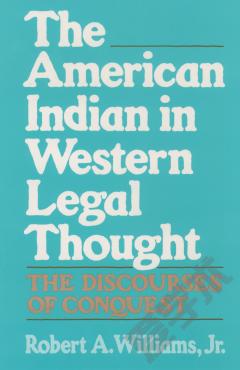

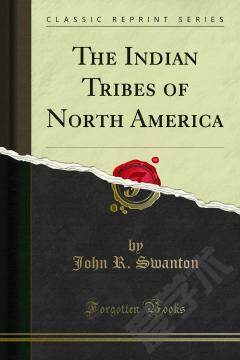
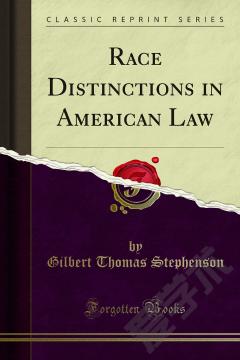
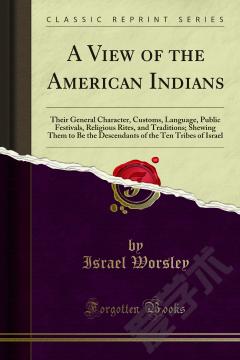
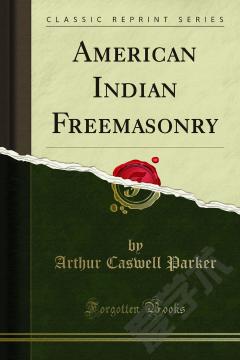

 京公网安备 11010802027623号
京公网安备 11010802027623号